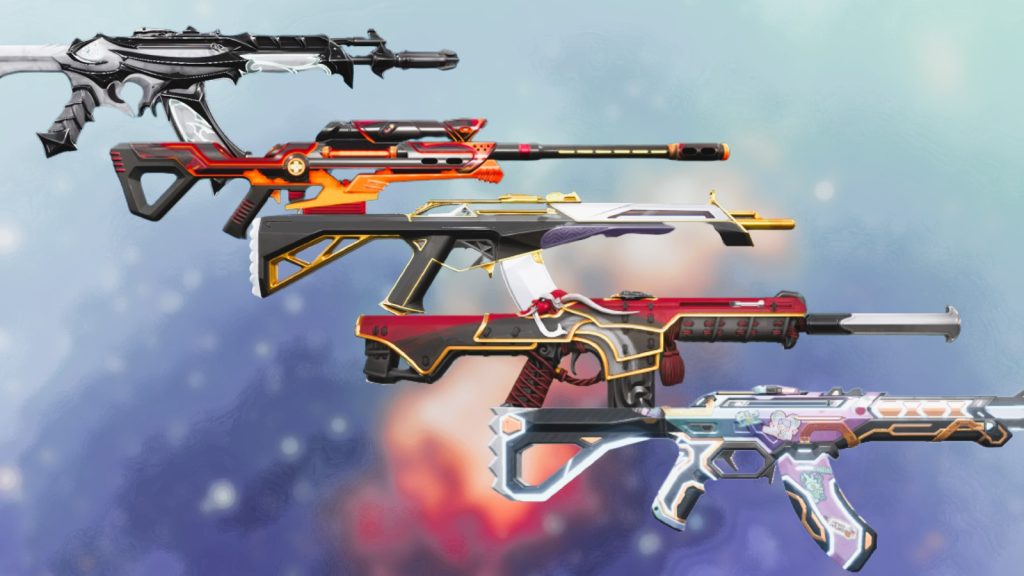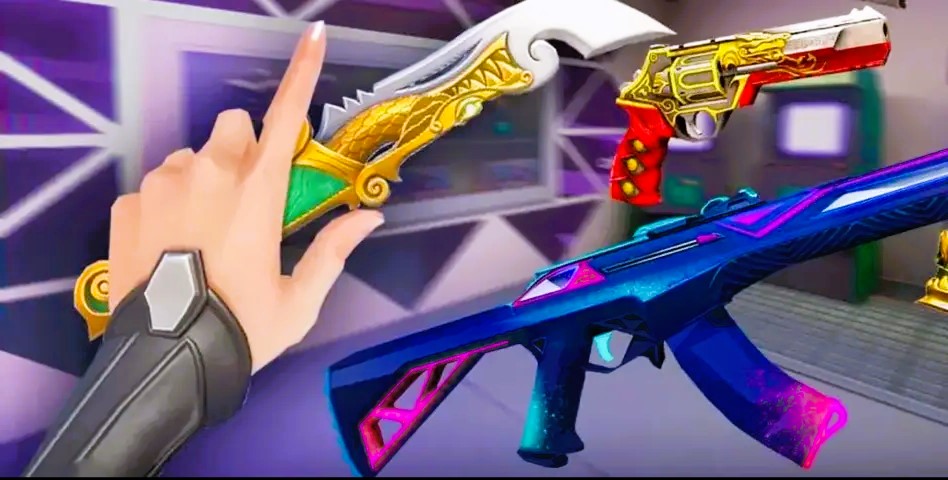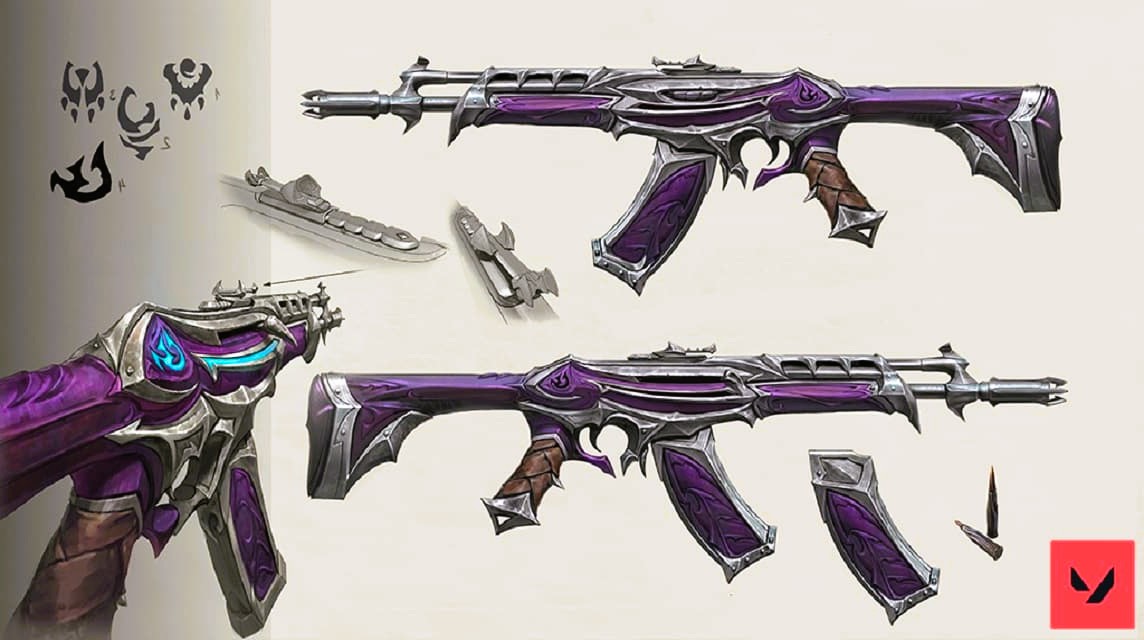Valorant, Riot Games’ tactical first-person shooter, has taken the gaming world by storm with its unique blend of strategic gameplay and character-based abilities. In the intense battles that unfold in Valorant, choosing the right weapon for the situation is a crucial aspect of achieving success. In this comprehensive guide, we will explore the diverse arsenal in Valorant, providing insights into each weapon’s strengths and weaknesses and offering tips on selecting the best gun for different in-game scenarios.
Understanding the Weapon Classes:
Before delving into specific weapons, it’s essential to grasp the distinct classes available in Valorant. The weapons are categorized into several classes, each serving a specific purpose on the battlefield:
- Sidearms: Sidearms are the default secondary weapons that players carry. They are typically used in emergency situations when the primary weapon is out of ammo or during pistol rounds. Examples include the Classic and the Shorty.
- SMGs (Submachine Guns): SMGs are characterized by their rapid fire rate and moderate damage. They are effective in close-quarters combat and are often favored during eco rounds when players have limited funds. The Spectre and the Stinger are notable SMGs.
- Rifles: Rifles form the backbone of a team’s firepower. These weapons offer a balance of accuracy and damage and are suitable for various scenarios. Examples include the Vandal, Phantom, and Bulldog.
- Sniper Rifles: Sniper rifles excel in long-range engagements, allowing players to eliminate foes with precision. The Operator is a powerful sniper rifle capable of one-shot kills, while the Marshal is a more affordable option.
- Machine Guns: The sole machine gun in Valorant, the Ares, boasts a high fire rate and a large magazine size. It is primarily used to suppress enemies and control specific areas of the map.

Choosing the Right Weapon for the Situation:
- Eco Rounds: During eco rounds when funds are limited, opting for SMGs like the Spectre or Stinger can be a cost-effective choice. Their lower cost allows players to purchase armor and abilities, maintaining a competitive edge.
- Full-Buy Rounds: In rounds where the team has ample funds, investing in rifles such as the Vandal or Phantom is crucial. These weapons provide the accuracy and damage needed to secure kills and gain control of the map.
- Sniper duels: When engaging in long-range sniper duels, equipping the Operator is often the best choice. Its ability to eliminate opponents with a single shot makes it a formidable weapon in the hands of a skilled marksman.
- Aggressive Play: For players adopting an aggressive playstyle, SMGs like the Spectre can be invaluable. Their rapid fire rate and mobility make them ideal for pushing into enemy territory and surprising opponents.
- Holding Tight Angles: When holding tight angles or defending a bombsite, rifles like the Vandal or Phantom shine. Their accuracy and damage output allow players to hold positions and fend off enemy advances effectively.
Weapon Attachments and Abilities:
Valorant introduces a unique feature—weapon attachments called “skins.” While these do not affect the weapon’s performance, they provide a personalized touch to your arsenal. Additionally, each agent in Valorant comes with unique abilities that complement the use of weapons. Integrating agent abilities with the right weapon can amplify your impact on the battlefield. Interested in games? Find out the new Dota 2 Hero Meta.
Staying Updated with the Meta:

As with any competitive game, the weapon meta in Valorant evolves over time. Staying informed about the current meta and patch notes is crucial for adapting your playstyle and weapon choices. Websites such as GameSpot regularly feature updates, tier lists, and community discussions that can help you stay ahead of the curve.
Conclusion:
Mastering the art of weapon selection in Valorant is a dynamic process that requires a combination of game knowledge, situational awareness, and adaptability. Whether you’re engaging in close-quarters combat with an SMG, holding long angles with a sniper rifle, or leading the charge with a rifle during a full-buy round, understanding each weapon’s strengths and weaknesses is key to achieving success.


